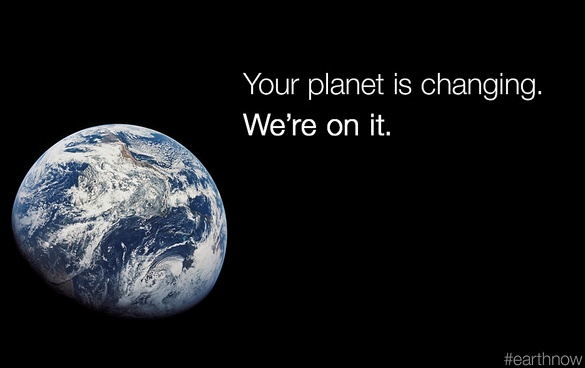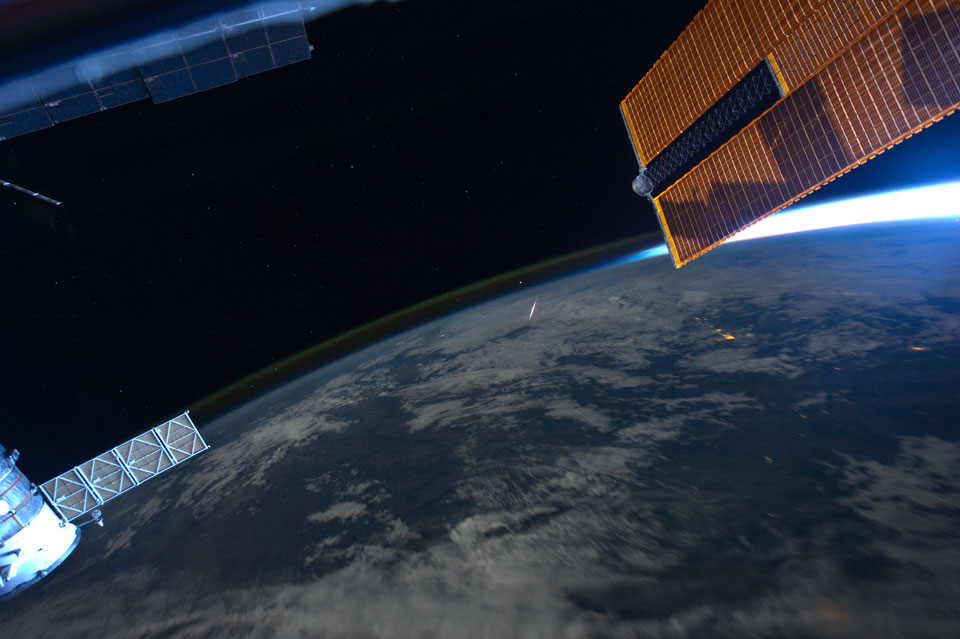PlanetCitizen
Planet Citizen
An API for the Planet #PlanetLabs Open Source Conference keynote #Earth360 #PlanetCitizen
A new generation of small satellite, start-up companies is changing the way we observe and study our planet. A coming new era using the tools of the digital age and Internet connectivity is making it possible to link up worldwide and to see Planet Earth, our home, in new ways that are changing our perceptions of who we are and how we look out at our shared future.
Earth science data is coming in and, in historic ways, being openly, publicly distributed far beyond restrictive policies of previous times when military and communication satellites dominated space. The #earthsciences today are just at the cusp of a rich new world of information provided by micro- and mini-satellites. As we share these new images, data, realizations, we can be certain of a new, growing awareness of our planet 'citizenship.'
With the launch of OCO-2, a "game changer", the data of #Earth360 will grow in unprecedented ways as this first 'orbiting observatory' of global warming conditions takes to space and begins to report home -I am OCO-2.
Although the Orbiting Carbon Observatory is just the beginning, the future of looking at our borderless-from-space globe and coming generations of common-travel to space and space-imaging opening up amazing views and information about our communities ways will be in the smile of citizens of the planet.
Here we go!
Ω
Before we look at the new players, here is the space establishment asking you to jump in. Ready? Are you interested in using your digital skills to help the government/NASA with environmental security? Perhaps you might start here - The NEX Challenge
Add your talent to the grand project of seeing with an EarthPOV -- so that we can make informed decisions and policy... [1]
Observe, consider, act - "The Big Picture"
Ω
August 11, 2014
SETI Institute: Citizens of planet Earth typically watch meteor showers by looking up. But this remarkable view, captured on 8/13/11 by astronaut Ron Garan, caught a Perseid meteor by looking down. From Garan's perspective onboard the ISS orbiting at an altitude of about 380 kilometers, the Perseid meteors streak below. The glowing comet dust grains are traveling at about 60 kilometers per second through the denser atmosphere around 100 kilometers above Earth's surface. [2]
Science News from space [3] Come to think of it - Where is Bruce Dern these days? Silent Running and...
Douglas Trumbull's VFX vision in Silent Running and beyond continues on in our memory banks [4] [5] [6] [7]
Ω

